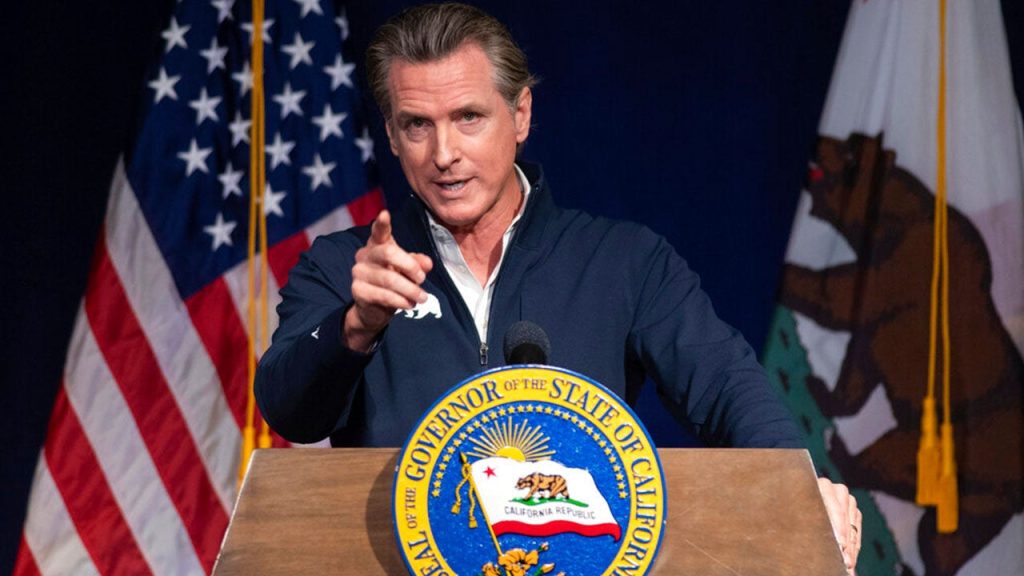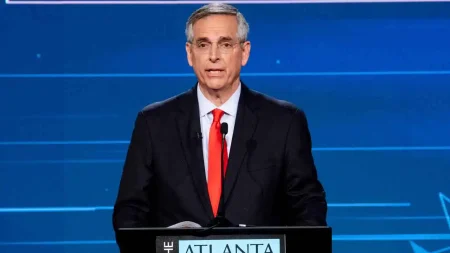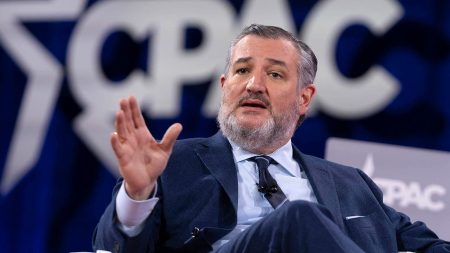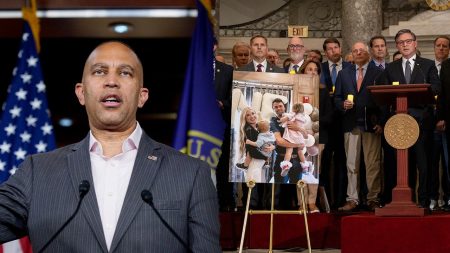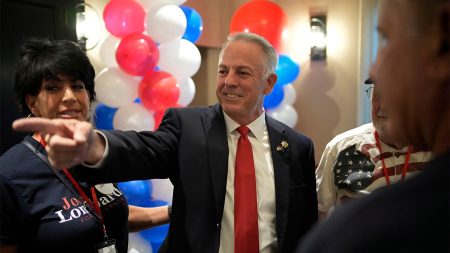The state of California, led by Democratic Gov. Gavin Newsom, is embarking on a significant climate agenda targeting the transportation sector, with the goal of transitioning from traditional petroleum-powered vehicles to zero-emissions alternatives. The California Air Resources Board (CARB) has finalized regulations requiring the phase-out of new gas-powered cars and the mandating of 100% electric vehicle sales by 2035. This move is part of Newsom’s California Climate Commitment, which aims to cut greenhouse gas emissions by 85% by 2045 and decrease oil demand by 94%. The transportation sector is a major contributor to California’s carbon emissions, accounting for 39% of the total.
While environmentalists support these regulations as a necessary step to combat climate change, there has been widespread criticism from Republicans, Democrats, consumer groups, and industry associations. Critics argue that the plan is unworkable and not feasible, impacting personal mobility and consumer choice. Despite the pushback, nearly 20 states have adopted California’s rules, affecting more than 40% of the country. The Alliance for Automotive Innovation, representing major automakers, has expressed concerns about the feasibility of the plan, highlighting the challenges of transitioning to electric vehicles.
California’s efforts to electrify its transportation sector extend beyond passenger cars to heavy-duty trucking, freight trains, and harbor vessels. Recent regulations have set ambitious targets for electrification in these sectors, including requirements for a percentage of new car purchases to be electric and the adoption of zero-emissions technology in freight trains. The trucking industry and the Association of American Railroads have criticized these rules, citing unrealistic targets and unachievable timelines that could have negative economic consequences and lead to higher consumer prices.
While the push for electric vehicles continues to grow, challenges remain in making them accessible and affordable for consumers. Electric trucks, for example, are still far costlier than diesel-powered models, and the lack of infrastructure for charging stations poses a barrier to widespread adoption. Critics argue that the economic costs of transitioning to electric vehicles will outweigh the benefits, particularly in industries where transportation is a critical component of operations. The American Trucking Associations estimates that trucks transported 11.5 billion tons of freight in the U.S. in 2022, with less than 1% being zero emissions.
In addition to regulations affecting passenger cars and trucks, CARB has also introduced measures targeting harbor vessels, requiring cleaner upgrades and newer technology for vessels like tugboats and barges. However, concerns have been raised about the safety of these upgrades, particularly diesel particulate filters, which could pose a risk of fire. The vessel restrictions have faced opposition from industry groups like the American Waterways Operators and have led to conflicts with regulatory enforcement agencies like the U.S. Coast Guard. California Republicans have called for a delay in implementing the rules, citing concerns about economic impacts and safety risks.
Despite the challenges and criticisms, CARB remains committed to its regulations, emphasizing the benefits of a zero-emissions future for Californians. The board has established partnerships with heavy-duty truck manufacturers to work towards emissions reductions and cleaner technology. CARB argues that its regulations are developed through a rigorous public process, including input from regulated industries and consumers. The board conducts financial analyses to assess costs, cost-savings, and benefits, including public health benefits from cleaner air. The state continues to promote innovation in the transportation sector, with the goal of achieving a sustainable and environmentally friendly future.




